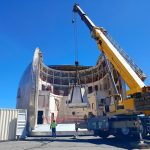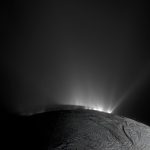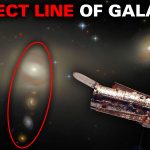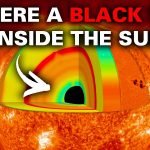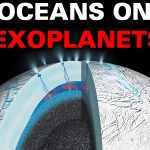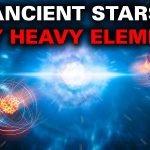Astronomers find two planetary systems around sun-like stars
NASA’s Transiting Exoplanet Survey Satellite (TESS) has been busy.
Clocking in over 5000 exoplanet candidates, the researchers who manage the telescope’s data have enlisted an...
Caltech telescope dismantled in Hawaiʻi, headed to Chile
At nearly 14,000 feet, Maunakea is the tallest mountain in Hawaiʻi, and the second tallest on any island on Earth.
Clouds often settle below...
Toxic gas is leaking out of Enceladus. It’s also a building block of life.
Enceladus’ status as a target in the search for life keeps rising.
We’ve known for years that plumes erupting from the ocean under the moon’s...
The holographic secret of black holes
As weird as it might sound, black holes appear to be holograms.
In the 1980’s physicist Jacob Bekenstein was able to calculate exactly how much...
Saturn’s moon Enceladus: A potential cradle for life?
There's some exciting news from the world of space exploration.
NASA's Cassini spacecraft, which spent over a decade exploring Saturn and its moons, has sent...
NASA’s Hubble sees a random collection of galaxies, perfectly lined up
This new image from the Hubble Space Telescope looks like a series of smaller spiral galaxies are falling out of a larger and brighter...
Could there be a black hole inside the Sun
It’s a classic tale of apocalyptic fiction. The Sun, our precious source of heat and light, collapses into a black hole.
Or perhaps a stray...
What’s the source of binary rogue planets
The James Webb Space Telescope (JWST) is already making great strides in helping us to unravel the mysteries of the Universe.
Earlier this year, hundreds...
17 known exoplanets could have oceans of liquid water
The search for life is tied to the search for liquid water.
That’s why astronomers are keen on detecting rocky, Earth-like exoplanets in their stars’...
Ancient stars could make elements with more than 260 protons
The first stars of the Universe were monstrous beasts. Comprised only of hydrogen and helium, they could be 300 times more massive than the...


